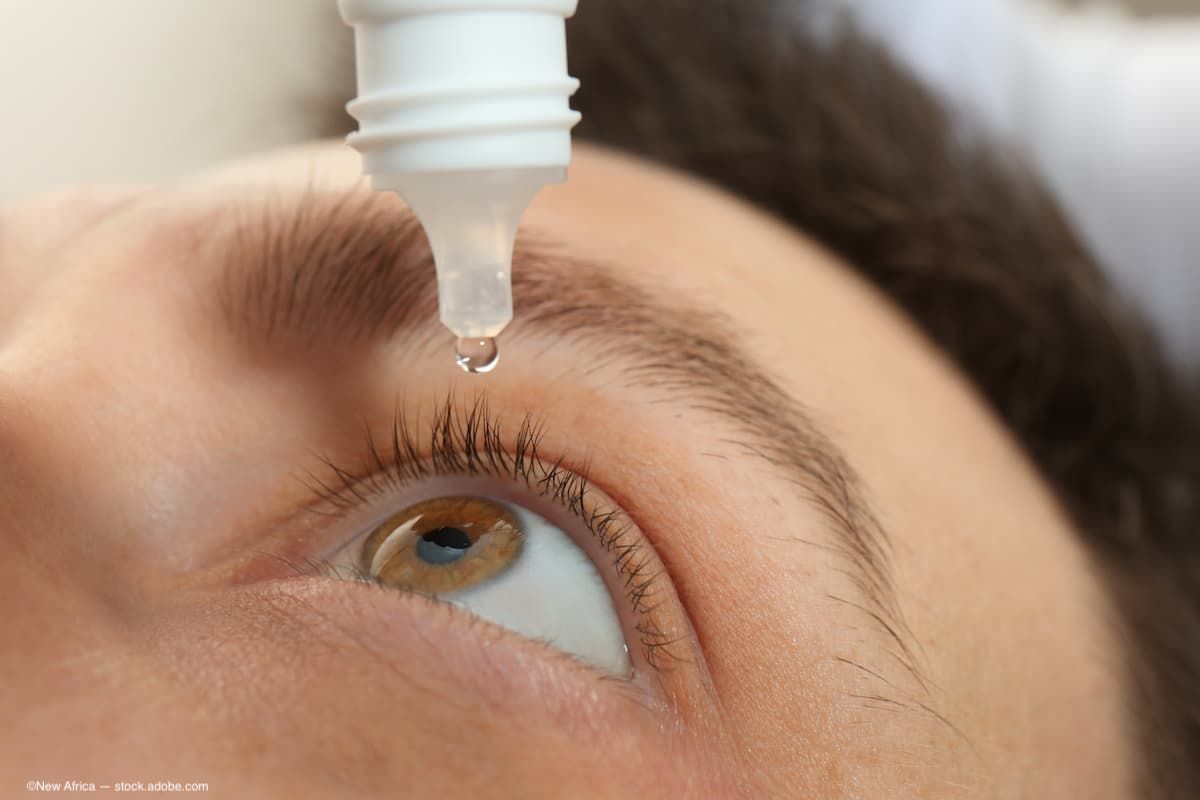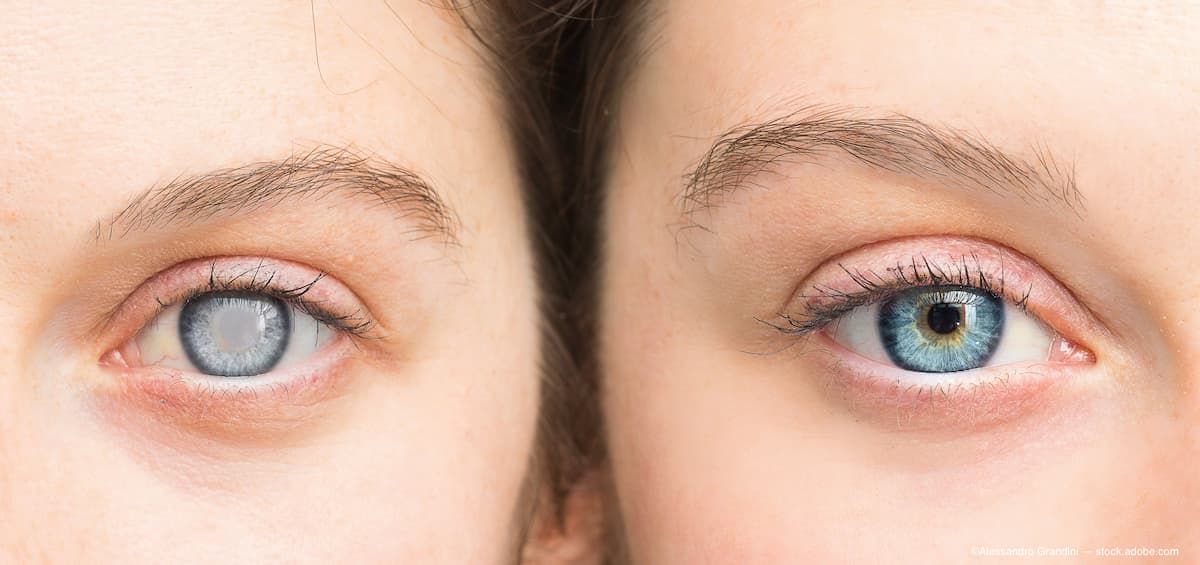Article
Ophthalmic ideas have beginnings at intersection of technology, technique
"Techniques and technologies evolve in parallel, and the motivation should always be to improve lives," said Steve Charles, MD, founder, Charles Retina Institute, Germantown, TN.

“Techniques and technologies evolve in parallel, and the motivation should always be to improve lives,” said Steve Charles, MD, founder, Charles Retina Institute, Germantown, TN.
Dr. Charles was honored during the ASCRS Innovators General Session as the recipient of the 2018 Charles D. Kelman, MD Innovator’s Lecture.
Dr. Charles reviewed some of the technologies and techniques that he has been involved in developing.
His main themes centered around the relationship between technologies and techniques, the need for a collaborative development process, and the importance of focusing on improving patient outcomes.
“A surgeon or engineer will have the initial concept, but its development and improvement over time occurs through the efforts of a multi-disciplinary team involving individuals with expertise in areas that include mechanical, electrical, software, and manufacturing engineering, optics, photonics, user interface design, and regulatory issues,” he said.
Personal history
After graduating college in engineering, Dr. Charles entered medical school at the University of Miami, and went on to train at Bascom Palmer Eye Institute and the National Eye Institute. He told attendees that his family members and teachers were the inspiration for his educational and career paths and for his commitment and dedication to developing game-changing techniques and technologies for retina surgery.
“My maternal grandfather was a mechanical engineer, and my role model and mentor, and my paternal grandfather, who died before I was born, was a great surgeon. My father’s oldest brother and godfather was a renowned cancer surgeon who was kind, humble, and caring. My father was a college professor and great lecturer, and at Bascom Palmer, I was mentored by Edward W.D. Norton, MD. Hopefully, I am the product of these great men,” Dr. Charles said.
Contributions
Dr. Charles holds more than 100 patents for inventions that have advanced numerous vitreoretinal surgery techniques, including vitrectomy, epiretinal membrane peeling, scissors segmentation and delamination, fluid-air-gas exchange, endophotocoagulation, and transretinal subretinal fluid drainage.
He said he believes his success comes from his understanding of the development process at the systems level and from recognizing that the process needs to be iterative.
“There are other experts at all of the layers of product development who know far more than I do about specific areas, but I understand the process,” Dr. Charles explained.
“And, I continue to educate myself because the process should not stop with the first invention,” he said.
In his lecture, Dr. Charles highlighted the evolution of several of the technologies he had a role in developing.
As one example, he described the progression of vitrectomy systems that began with the introduction of the Ocular Connection Machine in the mid-1980s followed by the subsequent marketing of the Accurus and Constellation Vision System (both Alcon).
The developments brought systems integration (all functions in one console with a graphical user interface, smart keys and a single foot pedal, faster, more responsive fluidics, faster cutting rate with dual actuation, and better light sources.
As another example, Dr. Charles said that with a goal of improving surgical safety, he developed endophotocoagulation as a technique for retinopexy, panretinal photocoagulation, endocyclophotocoagulation, and hemostasis.
The first endophotocoagulation system he developed used a large xenon light source. It was followed by the first commercially available system that used a smaller, more efficient xenon light source with an integral parabolic reflector. Thereafter, the technology evolved to use an argon laser source and today’s equipment uses a 532-nm diode-pumped solid-state laser source.
“I thought of endophotocoagulation as a technique that would solve an existing problem, but then needed to develop a device that would translate the idea into reality,” Dr. Charles said. “Ongoing improvements were made as I worked with engineers with expertise in lasers and fiberoptics leading to reductions in size, weight and power.”
The history of vitreous cutter development represents another evolutionary tale.
“The first vitreous cutter was a 20-gauge device with a cut rate of 400 cuts per minute,” he said. “Over the years, the tools have become smaller and smaller, faster and faster (currently 10,000 cuts/minute and 27 gauge), and provide better visualization because of NGENUITY.”
Going forward, Dr. Charles said that he plans to continue to study engineering, do high-volume surgery, teach and collaborate with Alcon engineering team on the next-generation system.
Dr. Charles is a consultant for Alcon and receives a royalty on the Constellation Vision System.
Newsletter
Don’t miss out—get Ophthalmology Times updates on the latest clinical advancements and expert interviews, straight to your inbox.





